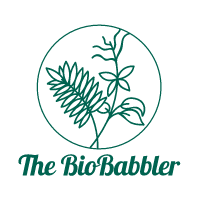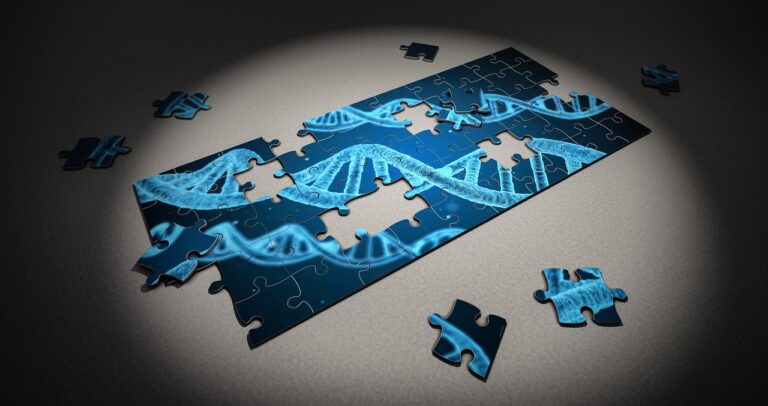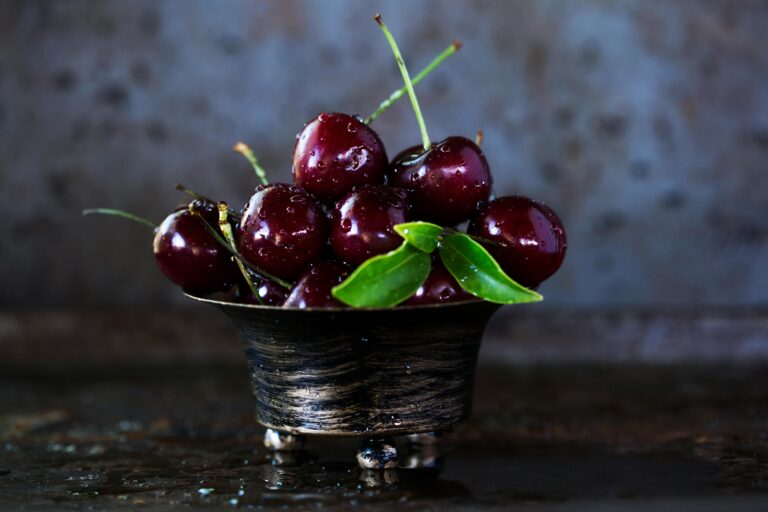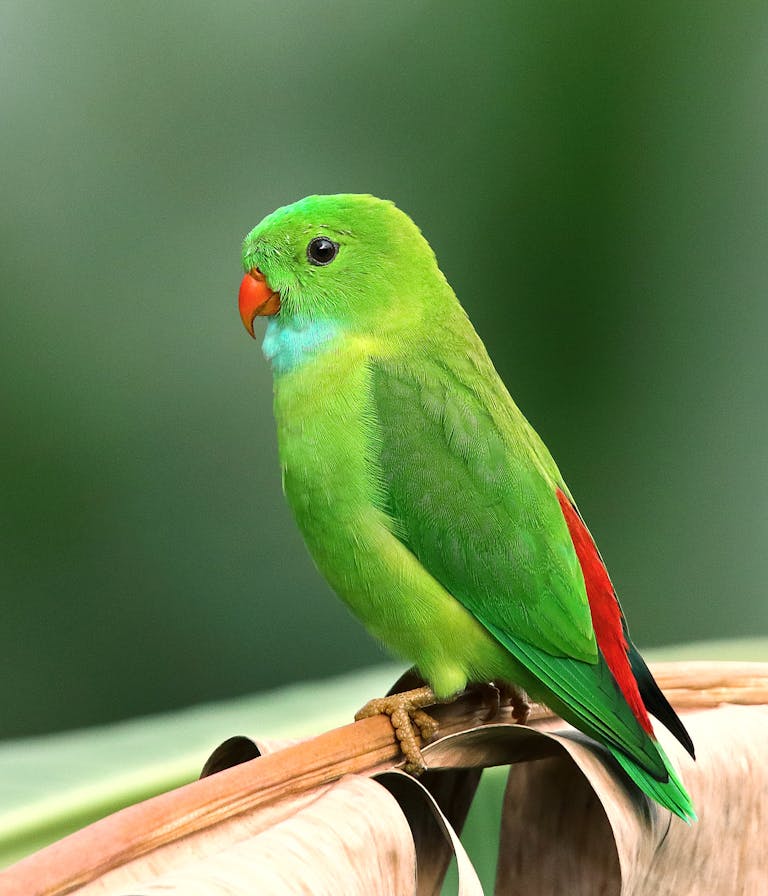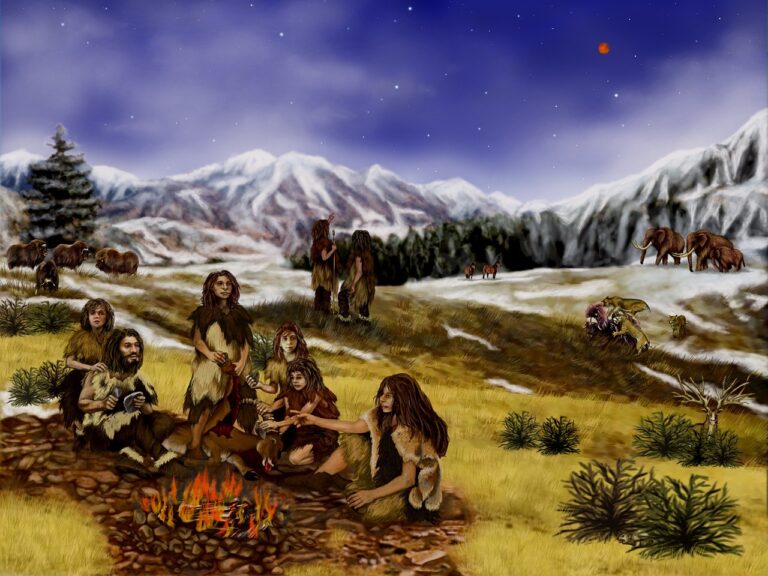Welcome to The BioBabbler

Science is everywhere—it explains the world around us, fuels discovery, and helps us solve problems, even as it creates new ones. Yet, too often, biology feels locked behind technical jargon or overwhelming complexity. My mission is to break down those barriers and make science accessible to everyone, whether you’re new to the field or already immersed in it.
I’m a biology graduate with a deep love for exploration, questioning, and uncovering the surprising connections that biology has to our daily lives. As I continue my studies in biodiversity and conservation, I aim to share the latest breakthroughs, fascinating debates, and practical applications of biology in a clear, compelling, and thought-provoking manner.
Here, you’ll find evidence-based investigations into popular remedies, social media trends, and science in films—analysing what holds up and what falls apart under scrutiny. I’ll dive into discussions on evolution and archaeology, animal behaviour, sustainability, conservation, and even the science behind beauty and skincare. More importantly, I hope to encourage critical thinking because understanding how our bodies function, how ecosystems connect, and how science shapes our lives is crucial, especially in today’s world.
The BioBabbler is for the curious minds—the ones who ask questions, seek informed opinions, and want to engage in meaningful discussions about biology. Whether you’re looking for scientific insight, practical advice, or thought-provoking debates, I invite you to explore, challenge ideas, and see science in a new light.
Let’s uncover the incredible ways biology connects us all.
-
DNA Profiling: An Accidental Breakthrough
Discover how DNA profiling was accidentally discovered and how it revolutionized forensic science. Learn about its first criminal case, ethical concerns, and future potential.
-
Real vs. Artificial Christmas Tree: Which is Better?
The holiday season often brings a familiar debate: should you go for a real Christmas tree or stick with an artificial one? While both have their merits, the environmental impact of each option might surprise you. Let’s explore the facts to help you make an eco-conscious choice this Christmas.
-
10 Magical Eco-Friendly Christmas Decorations to Try This Year
The festive season brings joy, warmth, and togetherness—but it also comes with an environmental cost. Every year, countless decorations, wrapping papers, and packaging materials end up in landfills, contributing to waste and pollution. The good news? A little creativity and mindfulness can help you celebrate in style while reducing your impact on the planet. Here are practical, inspiring ideas to help you create a sustainable and eco-friendly Christmas—without sacrificing the magic.
-
Unlock Sweet Dreams: Is this the Secret to Better Sleep
If you’re someone who’s ever scrolled through TikTok for the latest wellness trends, you may have heard whispers about the “sleepy girl mocktail.” This latest trend promises to be the nightcap you never knew you needed—helping people fall asleep faster and wake up feeling refreshed. But can a mix of cherry juice, magnesium, and bubbly soda really give you the best sleep of your life?
-
Animal Inbreeding: Surprising Truths and Survival Tactics
When we think about inbreeding in animals, our first reaction is often one of concern. After all, we’ve been taught that mating between relatives can lead to all sorts of problems. But what if I told you that the world of animal inbreeding is far more complex and fascinating than you might imagine?
-
10 Fascinating Ways Neanderthal DNA Unlocks Hidden Strengths and Challenges in Your Health
Imagine a time, over 250,000 years ago, when early humans roamed Europe and Asia, encountering and mingling with a now-extinct group of human relatives: the Neanderthals. These interactions weren’t just friendly exchanges or competitive stand-offs; they also involved interbreeding, leaving a genetic legacy that still impacts many of us today. Even though Neanderthals vanished around 40,000 years ago, their DNA lives on, woven into the genetic fabric of nearly everyone outside of Africa. On average, about 2% of the genome of non-African people is of Neanderthal origin, and new research is revealing how these ancient genes still affect our health in surprising ways.
